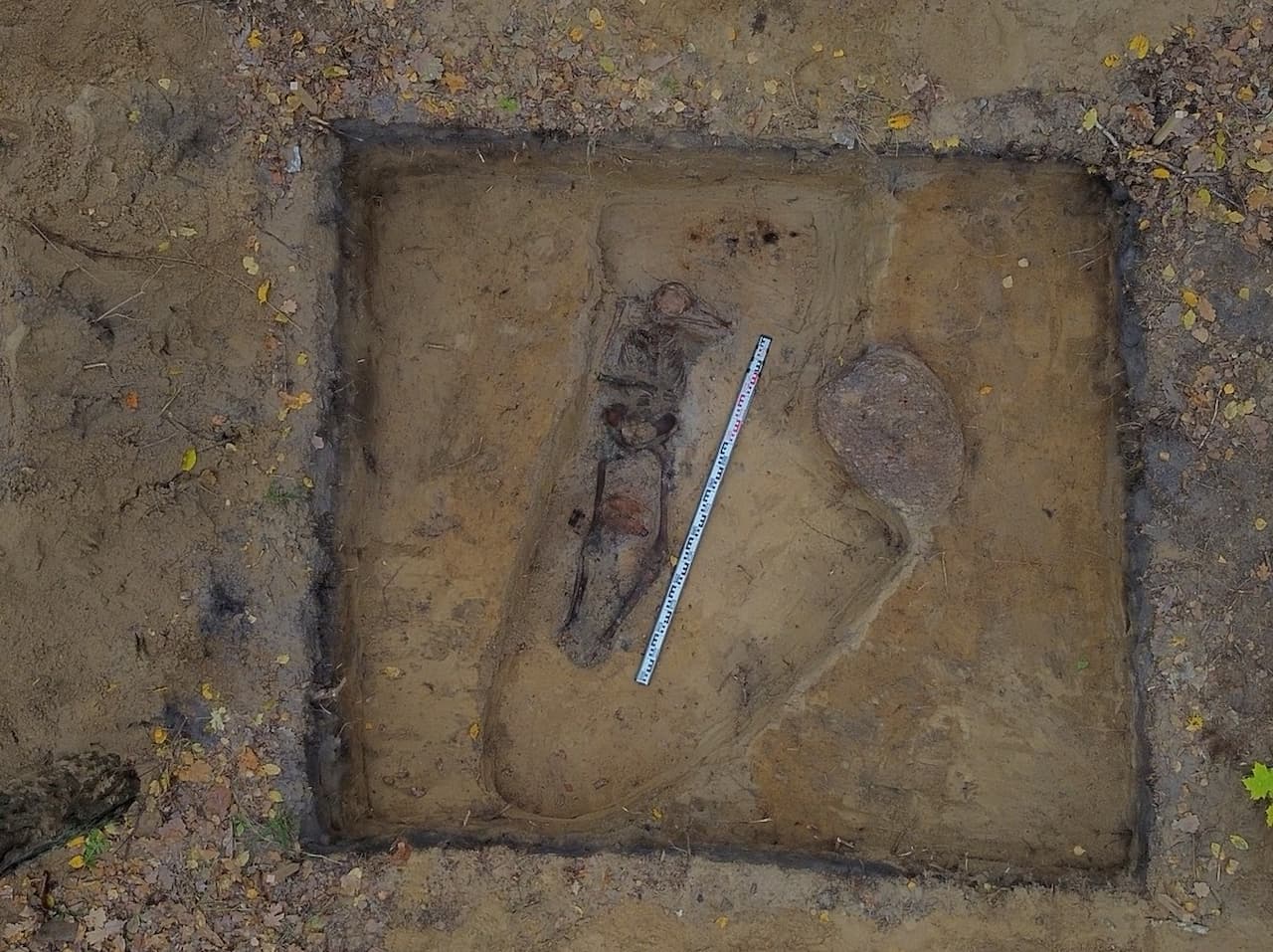Get the latest tech news
Stimulants in Germanic communities of the Roman period
The authors concluded that the spoon-ended fittings of the ends of the belt may have served as dispensers of stimulants for Germanic warriors to fight Germanic warriors into battle. They collated 241 such objects, dividing them typologically. It turned out that all of them were found together with elements of war equipment. They attempted to identify achievable plant raw materials affecting the stimulating the body and determined their effectiveness. They also indicated the ranges of their availability. In conclusion, they concluded that the use of agitation stimulants may have been far greater than had been assumed. They referred to finds from military sacrificial sites votive sites in southern Scandinavia (mainly Illerup), which show that the amount of dispensing utensils to aid body efficiency may even attest to their prevalence. The authors also believe that they have discovered an unknown branch of the economy operating for the war conflicts waged during the Roman period.
Im Beitrag wird der These gefolgt, dass diese als Stimulanzienspender für kriegerische Ereignisse wie Schlachten gedient haben könnten. Autorzy doszli do wniosku, że zakończone łyżeczką okucia końców pasa mogły służyć jako dozowniki środków pobudzających wojowników germańskich do walki. Odwołali się do znalezisk z militarnych ofiarnych miejsc wotywnych w południowej Skandynawii (głównie Illerup), które pokazują, że ilość przyborów do dozowania środków wspomagających efektywność organizmu może świadczyć wręcz o ich powszechności.
Or read this on Hacker News
